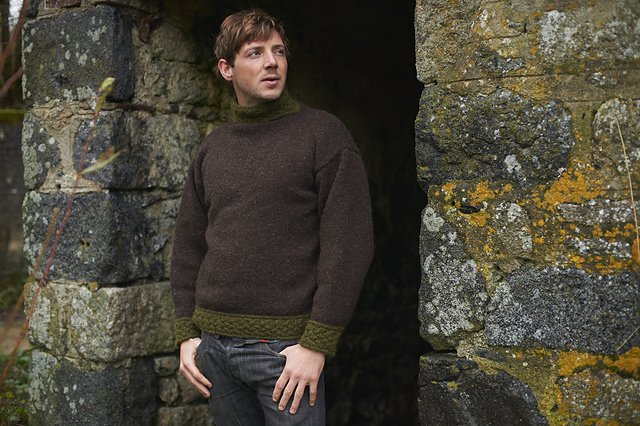 |
| Lichen dyed Skeinz Organic Merino by Amy Van der Laar |
I have been so inspired by some of the entries we have received in this months draw for the Mystery Naked Skeinz parcel. What has delighted me so much is the level of experimentation and fearlessness that is going on in your yarn kitchens at home. So I thought I would share some of these great entries here and hopefully encourage you to give it a go at home.
 |
| Examples of natural plant dyes from South America |
Hand dying yarn need not be a highly industrial process like we do here, the Romans and South Americans have been doing it for thousands of years & many dye stuffs can be readily found in the Kiwi kitchen. Without going into the full process here, you can have a tremendous amount of fun dying your own yarns at home with a few simple ingredients.
 |
| Amy aka Phancee on Ravelry is a knitter & blogger achieved this with pantry cupboard food colouring |
Food colouring is the obvious starting point for many. They are easy to obtain and you have the full basic colour spectrum to be able to mix your own special colours. You also don't require too much equipment and I have
seen tutorials that enable you to dye with food colouring using your microwave! This would be a really fun school holiday activity if you had crafty children at home.
 |
| Fleur aka craftygirl34 on Ravelry is achieving some stunning colours using Food Colouring |
Also in the pantry is Turmeric, onions, Paprika, coffee, tea, even red cabbage, all can create wonderful colours. This
tutorial is one of the better ones that explains the differences in natural dyes, whether you need to add a mordant or not. They use fabric in this video, but the principles are the same for wool.
 |
| Doe Arnott from Oamaru has perfected the natural dye process to a commercial scale |
I know from social media postings I have seen within the groups I frequent that some incredible dying is going on. If you find purchasing a pack of
Naked Skeinz yarns too daunting for your experimentation, you can actually purchase some other Skeinz yarns in balls or hanks to play around with. I suggest the
Heritage Polwarth Ecru,
Perendale Cream, Southlander Cream as small amounts of yarn to fiddle around with. The balled yarns will have to be made into a hank, but that can be done my winding the yarn around your forearm and securing it with waste yarn to make a small hank.
I am going to experiment at home using some Polwarth Ecru and
Silver Lining Clifton Stone & dye using food colouring and then Turmeric to see how easy the process is and what results I achieve. I'll report back next week and I hope I can inspire you to give it a go at home and share your exploits on the Facebook Thread or on our Ravely Forum. Wish me luck!

















